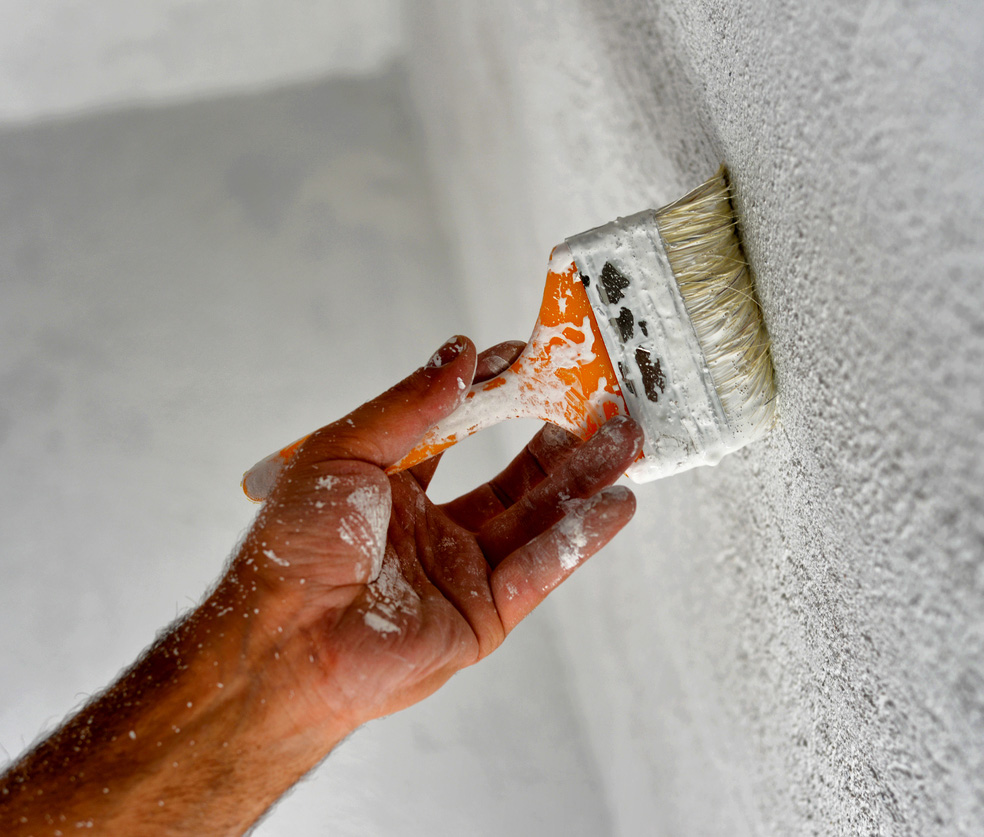
Painting problems can really ruin an otherwise perfect job and you get stuck with time-consuming call backs. While selecting the wrong paint for the job can cause issues, most call backs result from improper application. Whether you are spaying, rolling, brushing or using a combination of these methods, becoming adept in paint application not only saves you time and money, it also finishes your job so professionally that you will turn your customers into raving fans.
Less is more
While it may seem counter-intuitive, applying more paint will not provide a smoother or stronger finish. The vast majority of the issues with finishes stem from painters applying too much product to the surface. This is especially true on the edges of wooden surfaces like moulding. Apply several thin layers over each other rather than one or two thick coats. The number of layers will be determined by the finish you are looking for, the material being painted and the product you are using.
Technique takes practice
Being able to operate a sprayer or use a roller or a brush expertly takes practice like all other skills worth learning. If you are new to painting, try practising on the surfaces you are going to be painting before attempting anything new. Learning to properly prepare surfaces and paint with patience takes practice.
Preparing your surfaces
Don’t’ rush this part. Most people don’t like this part of the job, but the ultimate success of your finish relies very heavily on the groundwork you do here. If your gut is saying that the site isn’t ready for painting, then listen to your instincts very carefully. Always err on the side of caution; painting call backs are very expensive and time consuming.
Easy techniques that improve your finishes
Always work from the edges in—start with the perimeter and then work towards the center. Starting here will help to ‘frame’ the space you will be working in.
At every step in your process, check the surface of your work for imperfections from different angles. When you are prepping your surfaces, check to see that there are no undesired finishes left. Then check between coats to ensure that your work is as close to perfect as you can get it. This allows you correct some mistakes in the short window between applying a coat and it drying beyond repair.
If you are working in dimly-lit interiors, consider using inspection lights to show up any imperfections.
As with every job, attitude is everything. If you hate painting it will show in the quality of your finishes so consider hiring someone else to do it instead.
